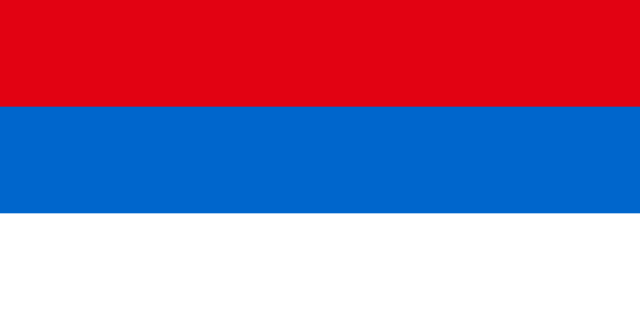Top Qs
Timeline
Chat
Perspective
Serbian–Montenegrin unionism
Socio-political movement after the breakup of former Yugoslavia From Wikipedia, the free encyclopedia
Remove ads
Serbian–Montenegrin unionism (Serbian: Српско-црногорски унионизам, romanized: Srpsko-crnogorski unionizam) is a socio-political movement which arose in the Balkans after the breakup of Yugoslavia.[1] It advocates Montenegro being in a political union with Serbia.[1]



The Serbs and Montenegrins share common cultural traditions, including religion (majority of both ethnicities adhere to the Serbian Orthodox Church) and language (almost all of Serbs and relative majority of Montenegrins speak Serbian as their mother tongue).[2] According to data from the 2023 Montenegrin census, 205,370 inhabitants or 32.9% of total population ethnically identified as "Serb", with 2,969 (<1%) identifying as "Serb-Montenegrin" or "Montenegrin-Serb".[3] About two million people in Serbia have partial or full ancestry from present-day Montenegro, mostly tracing back to the 18th and 19th centuries, vast majority of whom identify ethnically as Serb, though many (particularly first- or second-generation descendants from Montenegro) also claim a fairly strong Montenegrin regional identity.[4]
Remove ads
History
Summarize
Perspective
Close relations between Montenegro and Serbia are long-standing. In the 19th century, Montenegro and Serbia were officially recognized as independent states by the Ottoman Empire. The two entities since shared all essential experiences; they fought as part of the Balkan League when it came to ending the Ottoman presence in Rumelia during the First Balkan War, and they fought alongside each other against Austria-Hungary and the German Empire during World War I. Plans for unification were finally partially implemented after the war. The Podgorica Assembly in November 1918 concluded the decision to merge the Kingdom of Montenegro with the Kingdom of Serbia, followed by the creation of Yugoslavia. The Montenegrin monarchy was thereby removed, and opposition to the annexation culminated in the Christmas Uprising during 1919 in which a part the Montenegrin population demonstrated against the Serbian takeover.[5]
When Yugoslavia was reformed after World War II, Montenegro became a constituent republic alongside a Serbia. When in 1991 and 1992, the most of Yugoslav republics voted for independence, Montenegro chose to continue a federation with Serbia as FR Yugoslavia (State Union of Serbia and Montenegro after 2003). In late 1990s, Montenegro—led by former pro-unionist Milo Đukanović—reversed its direction and began taking measures to distance itself from Serbia and seek independence. This sentiment, which grew popular among the Montenegrin populace, led to the 2006 independence referendum which ended in a majority vote for independence (55.5% of the vote, with the threshold for approval of independence set at a supermajority of 55%).[6][7]
Remove ads
Political parties in Montenegro that support unionism
Parliamentary parties:
- New Serb Democracy (national conservative, 9 MPs)
- Democratic People's Party[8] (populist, 4 MPs)
- United Montenegro (factions, conservative, 1 MP)
Non-parliamentary:
- Free Montenegro (right-wing populist)
- Democratic Party of Unity (national conservative)
- Democratic Serb Party (christian democratic)
- Popular Movement (factions, populist/conservative)
Formerly:
- Democratic Party of Socialists (1990–1997)
- Socialist People's Party[9] (1997–2006)
Defunct:
- People's Party (1990–1998, 2001–2017)
- Party of Serb Radicals (1991–2020)
- Serb People's Party (1998–2009)
- Yugoslav United Left in Montenegro (1994–2001)
- People's Socialist Party (2001–2009)
- Democratic Centre of Boka (2009–2014)
- Serb List[10] (2012–2020)
Remove ads
See also
References
Sources
Further reading
Wikiwand - on
Seamless Wikipedia browsing. On steroids.
Remove ads
